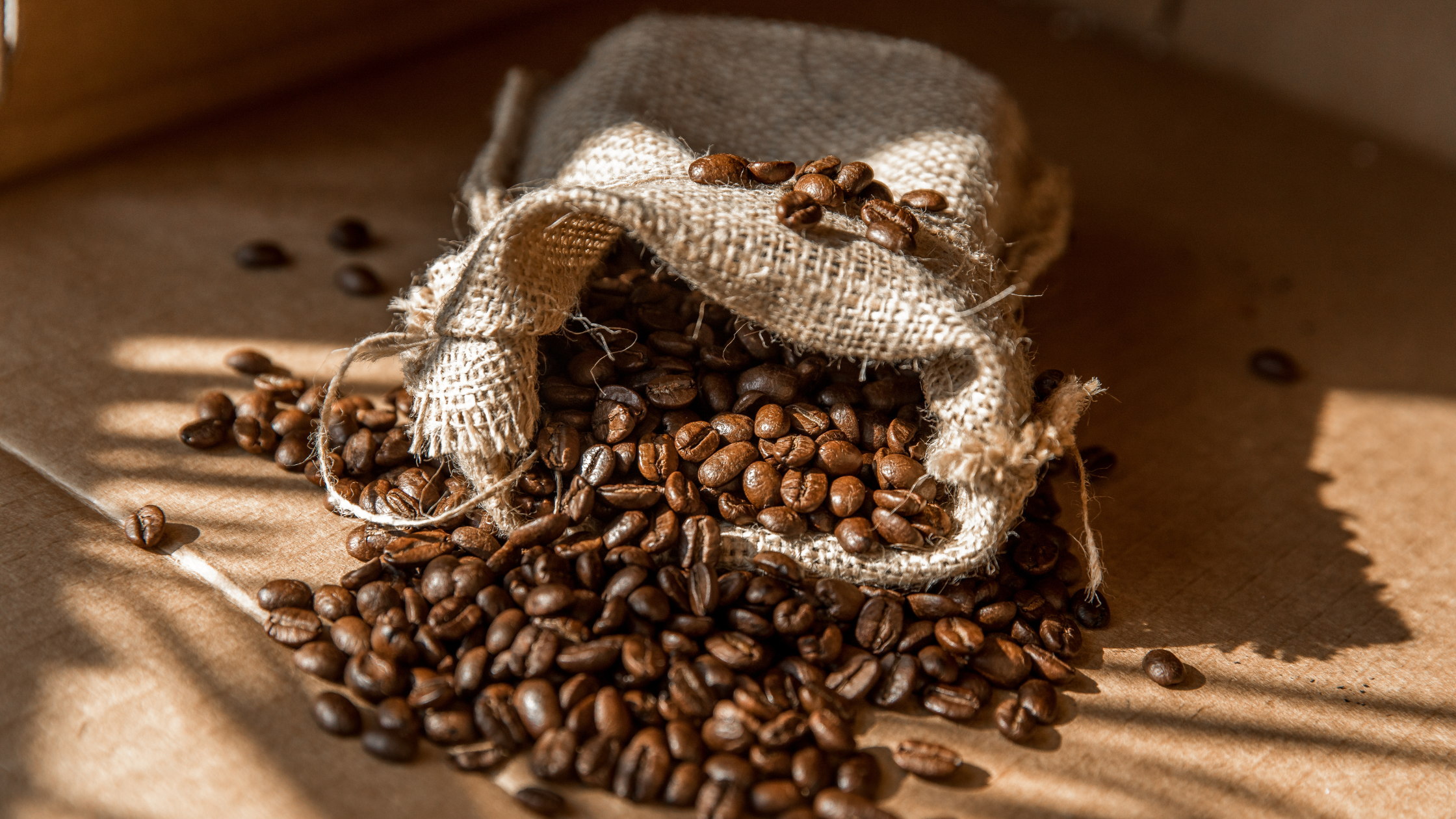We use cookies to make your experience better. To comply with the new e-Privacy directive, we need to ask for your consent to set the cookies. Learn more
order before 2pm for same day dispatch
Customer Service: +44 (0)330 111 25 23
 If you’ve ever found yourself in a coffee shop where the barista looks like they moonlight as a vinyl record store clerk and the menu reads like a wine list, congratulations—you’ve stepped into the Third Wave. But what exactly does it mean? Let’s dive in.
If you’ve ever found yourself in a coffee shop where the barista looks like they moonlight as a vinyl record store clerk and the menu reads like a wine list, congratulations—you’ve stepped into the Third Wave. But what exactly does it mean? Let’s dive in.
Like all great revolutions, coffee has had its waves too.
☕ First Wave (1800s – mid-1900s): Coffee for the masses. Think instant coffee, vacuum-sealed tins, and the dawn of brands like Folgers and Nescafé. Convenience trumped taste, and as long as it was brown and caffeinated, no one asked too many questions.
☕ Second Wave (1960s – 1990s): Enter Starbucks and the era of espresso-based drinks. Lattes, cappuccinos, and caramel-syrup-drizzled monstrosities dominated. People started caring about where their coffee came from, but mostly to justify paying £4 for a frappuccino.
☕ Third Wave (2000s – Present): The coffee connoisseur era. This wave treats coffee like fine wine—origin, processing method, roast profile, and brewing technique all matter. Coffee is no longer just a drink; it’s an experience, a ritual, and for some, a borderline obsession.
What Makes Third Wave Coffee Special?

In short, everything. But if we must be specific:
✔ Single-Origin Beans: Forget blends; third-wavers want beans from one farm, one region, or even one specific lot. Every cup tells a story—whether it’s from an Ethiopian hillside or a small-batch Guatemalan cooperative.
✔ Light Roasts: Dark, bitter coffee? How pedestrian. Third Wave aficionados embrace light roasts to preserve the natural sweetness and complexity of the beans. Think floral, fruity, and sometimes even a hint of blueberry (yes, really).
✔ Precise Brewing: No button-pressing allowed. Whether it’s a V60 pour-over, AeroPress, or siphon brew, each method is a science. Expect scales, thermometers, and baristas who look mildly offended if you ask for sugar.
✔ Direct Trade & Sustainability: The movement prioritises ethical sourcing, fair wages for farmers, and environmentally friendly practices. Good coffee, but with a conscience.
Do You Need to Be a Hipster to Enjoy It?
Not at all! You may develop an irrational hatred for pre-ground supermarket coffee, but that’s a risk worth taking. If you’re someone who savours flavour, enjoys a good backstory, and doesn’t mind waiting five minutes for a meticulously crafted cup, Third Wave coffee is calling your name.
Third Wave Coffee is more than a trend—it’s a shift in how we appreciate our daily brew. Whether you’re an espresso snob, a filter fanatic, or just someone who enjoys a well-made cup, this movement has something for everyone. Just don’t ask for a caramel macchiato—you will get side-eye.